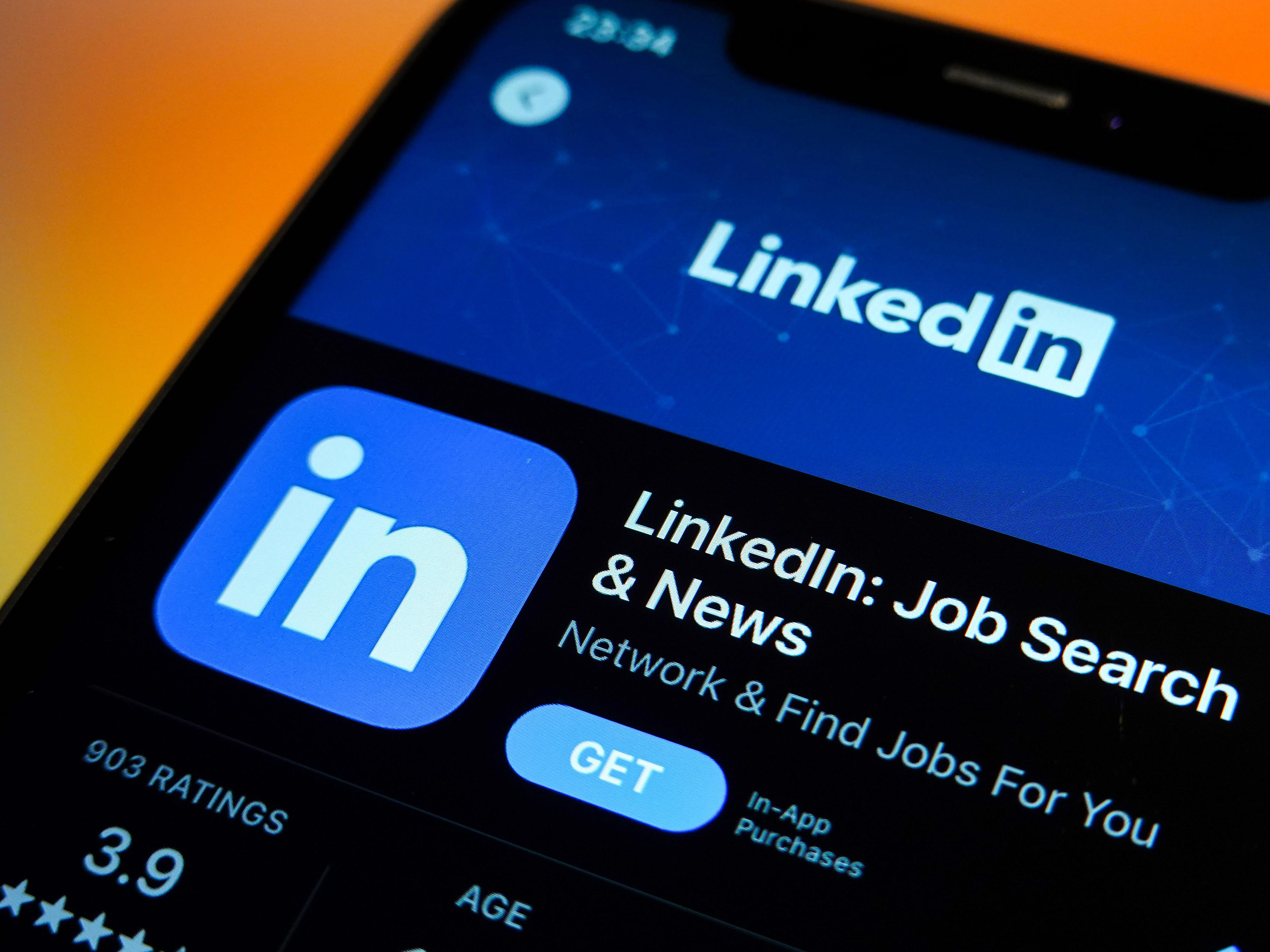LinkedIn Essentials: What to Do and Avoid for Success

LinkedIn has evolved significantly over the past two decades, but its core purpose remains unchanged: it's a powerful platform for professional networking and career advancement. Whether you're looking to connect with industry peers or land your next job, optimizing your profile and building your personal brand are essential steps. Experts have shared valuable insights into how users can make the most of LinkedIn by crafting compelling profiles and engaging effectively with their networks.
Optimizing Your Profile
Your headline is more than just a placeholder; it's an opportunity to showcase your skills and expertise. While LinkedIn allows you to use your current job title as your default headline, incorporating relevant keywords can enhance your visibility in search results. Virginia Franco, an executive, résumé, and LinkedIn writer, emphasizes the importance of including top keywords or skills related to your target job. Beth Granger, a consultant specializing in professional branding on LinkedIn, compares this to a 220-character elevator pitch. Meg Guiseppi, an executive job search strategist, adds that balancing these keywords with elements that reflect your personality can help generate chemistry with potential employers.
Don't overlook the power of your banner image. Granger describes it as "your own professional billboard." Franco suggests using a combination of your name and top keywords associated with your job target as an effective background image strategy.
The About section offers a unique opportunity to tell your story in a conversational tone. Unlike traditional résumés written in third-person, this space should highlight the problems you solve, your leadership style, and what motivates you. Franco advises leading with the most important information since readers may not scroll to the end.
In the Experience section, focus on detailing your responsibilities and achievements rather than simply listing employers and titles. Franco recommends describing specific projects, outcomes, and methodologies. When choosing job titles, opt for pre-populated options to improve searchability, even if they differ slightly from your actual title. For those early in their careers, the Education section shouldn't be limited to schools attended; including relevant courses can boost keyword visibility.
Endorsed skills enhance credibility and improve search rankings according to Guiseppi. Requesting recommendations after receiving thanks from colleagues is also advisable. Offering a recommendation first often encourages reciprocation.
Growing Your Network
Beyond profile optimization, maintaining an active presence on LinkedIn is crucial. Engaging with others' content through comments is an excellent way to participate in conversations without starting from scratch. Granger likens this to joining discussions at a networking event rather than waiting for others to approach you.
Creating original content doesn't require extensive effort. Sharing articles, reposting insightful comments, or discussing industry trends like AI's impact on work can spark meaningful interactions. Observing what resonates within your network provides inspiration for your own posts.
Personalizing connection requests is vital when expanding your network. Including a brief explanation of why you're reaching out helps cut through the noise and refreshes memories about past encounters.
Ultimately, every element of your profile should work together to encourage engagement. As Granger notes, your profile should facilitate conversations and create opportunities for others to reach out to you. By implementing these strategies, you'll position yourself as a dynamic professional ready to leverage LinkedIn's full potential.
Post a Comment for "LinkedIn Essentials: What to Do and Avoid for Success"
Post a Comment